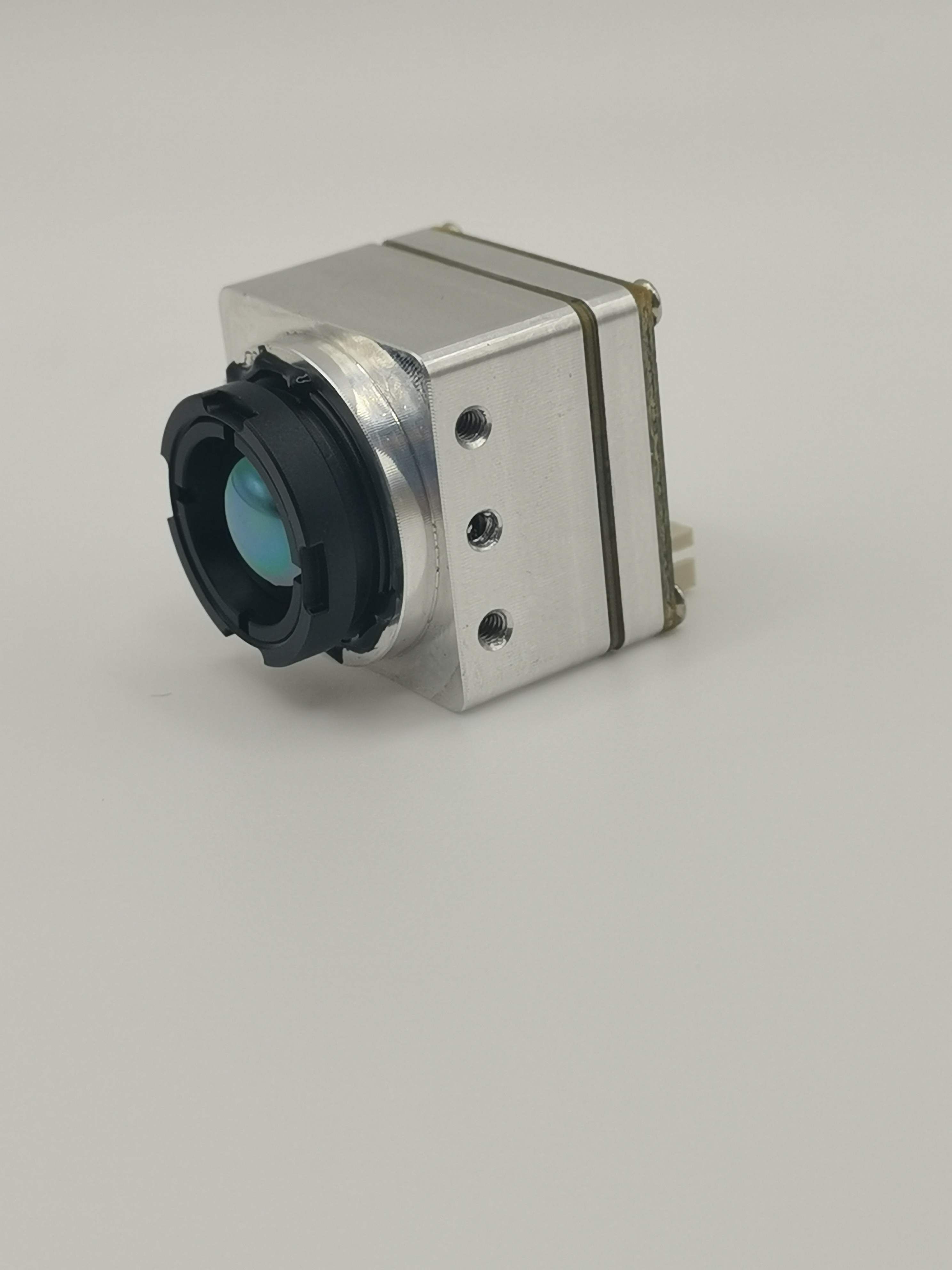Exploring the Versatility of Thermal Imaging Cameras for Drones

Drone Inspection Advantages
Thermal imaging cameras have transformed the capabilities of drones, enabling efficient inspections and surveillance. These innovative tools have become essential in various industries, revolutionizing the way inspections are conducted and enhancing overall safety and efficiency.
Did you know: Thermal imaging cameras for drones offer unparalleled advantages in terms of capturing critical data and identifying potential issues that may not be visible to the naked eye.
By harnessing the power of thermal imaging technology, drones equipped with thermal cameras can provide invaluable insights into field equipment inspection, infrastructure monitoring, and environmental surveys.
Technology Overview
Technological Specifications
When it comes to thermal imaging cameras for drones, the technological specifications play a pivotal role in determining their efficiency and overall performance. These specifications include factors such as the thermal resolution, which determines the level of detail that can be captured, and the refresh rate, which impacts the smoothness of real-time imaging.
Other crucial specifications encompass the temperature range that the camera can effectively capture, as well as its portability and compatibility with different drone models. The weight and size of the camera are also essential considerations, as they can affect the drone's flight capabilities and overall maneuverability.
Comparing Imaging Devices
Comparing traditional imaging devices with thermal cameras underscores the remarkable advantages and capabilities of thermal imaging technology for drones. While traditional cameras rely on visible light to capture images, thermal cameras detect heat signatures emitted by objects, making them exceptionally useful for various applications such as search and rescue operations, wildlife monitoring, and building inspections.
Moreover, thermal imaging cameras have the unique ability to capture images in low-light or adverse weather conditions, providing enhanced visibility in situations where traditional cameras may fall short.
UAV thermal imaging technology: "The use of UAV thermal imaging technology has significantly expanded our capacity to conduct detailed inspections and surveys across diverse environments," stated Dr. Smith, a leading expert in aerial thermography.
Industry Utilization
Enhancing Safety and Efficiency
The integration of thermal imaging cameras in drones has significantly elevated safety and efficiency standards across a wide range of industries. By leveraging the capabilities of thermal cameras, drones can identify potential hazards, structural anomalies, and temperature variations that may indicate underlying issues. This proactive approach to inspections and surveillance enhances overall safety protocols by enabling preventive maintenance and timely intervention, thereby reducing the risk of accidents and unforeseen equipment failures.
Moreover, the real-time data captured by thermal imaging cameras allows for swift decision-making processes, facilitating efficient resource allocation and response strategies. In industries such as construction, energy infrastructure, and agriculture, the use of thermal imaging cameras in drones has become instrumental in streamlining operations while prioritizing safety measures.
Practical Examples
The practical applications of thermal imaging cameras in drones are diverse and impactful. In agriculture, these technologies aid in monitoring crop health, identifying irrigation issues, and assessing soil conditions with precision. Similarly, in firefighting operations, drones equipped with thermal cameras can swiftly detect hotspots and assess the extent of fire damage from a safe distance.
Furthermore, the use of thermal imaging cameras for building inspections enables the identification of insulation deficiencies, water leaks, and electrical anomalies without invasive procedures or disruptions to daily activities. The versatility of these applications underscores the invaluable role played by thermal imaging technology in enhancing operational efficiency while ensuring heightened safety standards across various industries.
Traditional vs Thermal
When comparing traditional imaging technologies with thermal cameras for drones, it becomes evident that thermal imaging offers unique advantages that are particularly well-suited for various applications. Traditional imaging technologies, such as visible light cameras, rely on capturing images based on the available light spectrum. While effective in many scenarios, they may fall short when visibility is compromised due to low light conditions or environmental factors.
In contrast, thermal imaging devices for drones detect heat signatures emitted by objects, allowing them to capture images regardless of the lighting conditions. This capability makes them invaluable for tasks such as search and rescue operations, where visibility may be severely limited. Additionally, thermal cameras can identify temperature variations in different objects or environments, providing critical data for applications like infrastructure monitoring and wildlife conservation.
Drone technology expert: "The use of UAV thermal cameras has redefined our ability to gather crucial data in challenging environments where traditional imaging technologies may not suffice," emphasized a leading drone technology expert.
When it comes to selecting the right thermal imaging camera for specific drone inspection needs, several factors come into play. The resolution of the camera's thermal imagery, its weight and size compatibility with the drone model, and the temperature range it can effectively capture are all essential considerations. Furthermore, understanding the specific requirements of the intended applications will guide the selection process to ensure optimal performance.
Resolution: Ensure that the camera's thermal resolution aligns with the level of detail required for inspections.
Compatibility: Select a camera that is compatible with the designated drone model to maintain stability during flight operations.
Temperature Range: Consider the temperature range within which the camera can accurately capture thermal data to suit diverse environmental conditions.
Advancements in Thermal Imaging
Future Technological Developments
The future of thermal imaging technology for drones holds promising prospects, with ongoing advancements and potential developments shaping the field. As technology continues to evolve, the capabilities of thermal imaging cameras for drones are expected to expand, offering enhanced functionality and performance.
One area of development revolves around the refinement of thermal resolution, aiming to achieve higher levels of detail in captured images. This advancement will enable more precise inspections and surveys across various industries, further solidifying the position of thermal imaging as a cornerstone in drone-based data collection and analysis.
Moreover, advancements in image processing algorithms are anticipated to streamline the interpretation of thermal data captured by drones. These developments will contribute to improved efficiency in analyzing large datasets, ultimately enhancing decision-making processes for professionals utilizing thermal imaging technology.
Furthermore, research and development efforts are focused on enhancing the portability and compatibility of thermal imaging cameras with different drone models. This includes reducing the overall weight and size of the cameras while optimizing their integration with diverse drones, ensuring seamless operation and maneuverability during aerial inspections.
The continuous evolution of thermal imaging technology for drones underscores its pivotal role in driving innovation across industries reliant on efficient inspections, surveillance, and data acquisition.
The Future of Drone Imaging
As technology continues to advance, the future of drone imaging with thermal cameras is poised for significant growth and innovation. The integration of thermal imaging technology with drones is expected to lead to further advancements and expanded applications across various industries. This synergy between drone technology and thermal imaging capabilities holds immense potential for enhancing efficiency, safety, and data collection in fields such as infrastructure inspection, agriculture, environmental monitoring, and public safety.
The continuous evolution of thermal imaging cameras for drones signifies a promising trajectory for the future of aerial inspections and surveillance.
Contact Us: iSun Digitech Limited Ms. Coco Huang E-mail: sales@iasun.cn WhatsApp/Wechat: +86 13510421923
See Also
Uncovering the Influence of Thermal Imaging Cameras on Drone Innovation
Improving Safety for Night Driving: The Significance of Car Thermal Imaging
Unveiling the Advantages of Thermal Imaging Cameras and Night Vision Technology
Exploring the Advantages of Thermal Imaging Cameras and Night Vision Systems
The Significance of Thermal Imaging for Safe Driving in Vehicles
Contact Us: Ms. Coco Huang
E-mail: sales@iasun.cn
WhatsApp/Wechat: +86 13510421923

